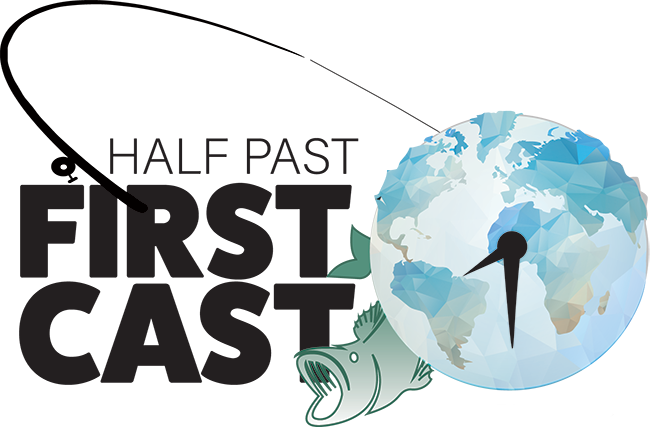The Bass-Tackle-for-Tuna Underperformance
If you’ve read this blog for a while, you know that one of the highlights of my 2024 fishing campaign was taking “bass tackle” to Panama in May and using it to fight yellowfin tuna. The last day there we happened onto multiple schools of smaller (10- to 40-pound) tuna and I captured my share with a travel rod, a Tranx 300, and some bass lures.
I spent the next seven months planning and refining my tackle choices for our return in January of 2025. I packed them and repacked them. I wrote about them…multiple times.
And the net result of all of that planning was a total of zero fish caught with the gear I’d lugged down there (save for my new Shimano Stella 14000, which performed impeccably).
The first half day we fished inshore, so I didn’t bring out the bass gear. The first full day I just wanted to get some tuna over the side of the boat, so I relied on traditional saltwater tackle. However, I brought the bass gear in the boat on three of the days. Here’s what happened:
First Day: We found quite a few tuna, and caught at least half of them popping. The dolphins, birds and tuna were working collectively, which generated a strong topwater bite. I caught some on poppers and bait in the morning, then in the afternoon, I switched to my gear, relying primarily on a musky-sized plopper style bait. I got three incredible blowups on it, only one of which hooked up…and temporarily at that. I don’t know if it was something about the cadence or hook configuration that caused them to miss, but by the time I thought to switch, it was time to head back.
Second Day: I left the plopper tied on, but the tuna action was slow. In fact, we didn’t have a fish at noon, when our captain heard that there were active tuna 26 miles away. We ran an hour to get to them, and managed to catch 10 or 12 in the short time we had before we had to go back. Of those fish, I believe only a couple came on artificials. I had one more blowup on a bass topwater that didn’t connect. When we got back to the lodge, the other boats also reported that chunks and live bait greatly outfished artificials.
Third Day: We headed out to Isla Montuosa to look for billfish, and spent the morning out there with one sailfish to show for it. We took a brief respite and headed inshore after noon, where we found mullet snapper, bluefin trevally and rainbow runners, but I used the Stella to present bait among the rocks. We closed out the day looking for more billfish, with no meaningful opportunity to use the bass gear.
That’s the tale of the tape. It reinforced several key lessons to me:
You don’t need to bring any gear when you go to Sport Fish Panama Island Lodge. They have everything you need, and it’s all top notch.
The one lesson I’ve learned well in my fishing career is not to force feed fish what you want them to eat. They are the ultimate arbiter of what is working. I’ve seen bass anglers live and die with swimbaits or topwaters or other specific offerings, rather than reacting and responding to the mood of the fish. If you’re willing to strike out in order to catch them a certain way, so be it, but most of us want to maximize the catching, and that requires some flexibility. By not remaining wedded to catching tuna on bass tackle, I pivoted as needed.
Despite those realizations, I will almost certainly bring bass tackle on our next trip to Panama, and likely all subsequent trips beyond that one. The pure joy that I experienced on that one magic day in 2024 is what fishing is all about to me – the fun of pushing limits and discovering new avenues. It might not work again on the next trip or the trip after that, but I will be ready when the window opens up, for whatever short period of time it does so, and I will resist the urge to stick with it too long. Between now and then I may refine my packing processes, and the content of the boxes and tubes that I bring, but it’s going to happen again – I guarantee it.







